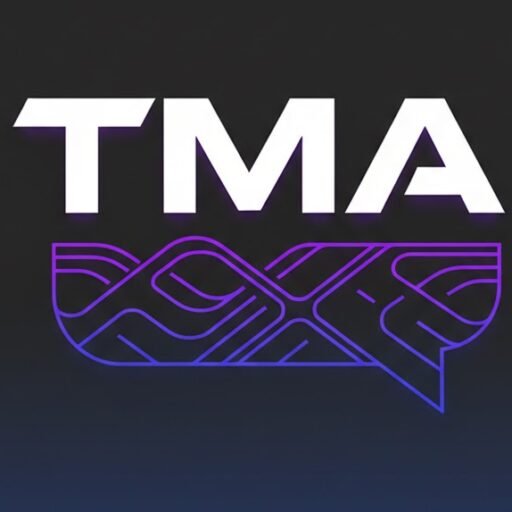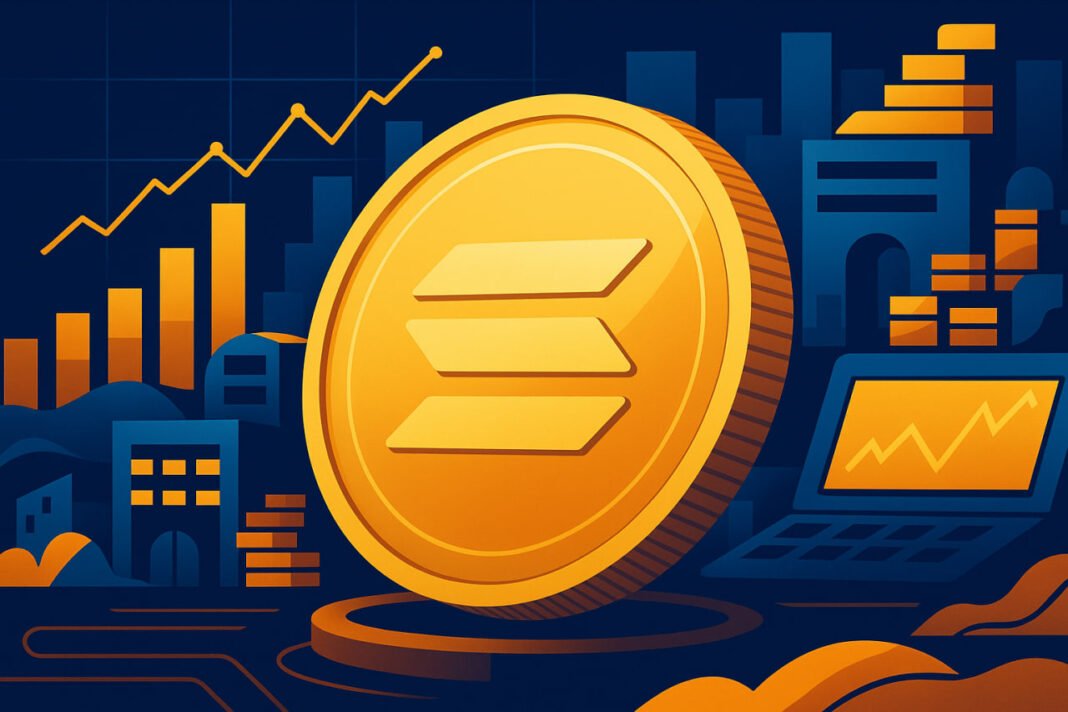Tokenisation Roadmap: Malaysia’s Calculated Gamble
Embracing Real-World Assets, Not Crypto Speculation
Crucially, BNM is making a clear distinction: this isn’t about chasing cryptocurrency trends. The focus is firmly on tokenising real-world assets, paving the way for improved efficiency, transparency, and accessibility within the financial system. This targeted approach signals a mature and pragmatic understanding of blockchain technology’s potential, steering clear of the volatility and speculative nature often associated with the broader crypto market. It’s a bold move, potentially side-lining crypto enthusiasts, in favour of a more regulated, stable, and ultimately, economically impactful strategy.
The Digital Asset Innovation Hub and the IWG
The initiative will be driven by the Digital Asset Innovation Hub (DAIH), launched earlier this year, which will host proof-of-concept (POC) projects and live pilots. To ensure industry-wide collaboration, BNM is also establishing an Asset Tokenization Industry Working Group (IWG), co-led with the Securities Commission (SC). This working group will be crucial in fostering knowledge sharing, identifying regulatory hurdles, and navigating the legal complexities that inevitably arise with such innovative technologies. The initial focus will be on use cases that demonstrate “clear” economic value, suggesting a results-oriented approach that prioritises tangible benefits over theoretical possibilities. Expect to see results driven by this working group into 2026.
Use Cases and Potential: A Glimpse into Malaysia’s Tokenised Future
SME Financing and Supply Chain Efficiency
One of the key areas of focus is supply chain financing, with the aim of expanding access to credit for SMEs. By tokenising invoices and other assets, smaller businesses could gain access to more efficient and flexible financing options, boosting economic activity and creating new opportunities. This is a particularly promising application, as it addresses a real-world pain point and has the potential to drive significant economic growth. Tokenisation promises to reduce friction in supply chains, potentially leading to substantial savings and improved competitiveness for Malaysian businesses.
Liquidity Management and Islamic Finance
Beyond SME financing, BNM is also exploring tokenised liquidity management for faster settlement and Islamic finance applications that can automate Shariah-compliant transactions. The potential for tokenisation to streamline and automate processes within the Islamic finance sector is particularly noteworthy, given Malaysia’s strong position in this area. Imagine smart contracts automatically enforcing Shariah-compliant rules, reducing the need for manual oversight and enhancing transparency. This could position Malaysia as a global leader in innovative Islamic finance solutions.
Programmable Payments, Green Finance and Cross-Border Trade
Other use cases under consideration include programmable payments, green finance initiatives, and 24/7 cross-border trade settlements. Programmable payments could revolutionise how businesses manage their finances, while tokenised green assets could unlock new sources of funding for sustainable projects. The potential to streamline cross-border trade settlements is particularly appealing, given the increasing importance of international commerce in today’s globalised economy. As of 2025, many are looking to reduce the reliance on SWIFT through such initiatives.
The MYR Stablecoin Question and CBDC Integration
BNM is also delving into the potential of MYR-denominated tokenised deposits and stablecoins, aiming to maintain the “singleness of money” while enabling efficient digital settlement. This is a critical consideration, as the proliferation of private stablecoins could potentially undermine the central bank’s control over monetary policy. The central bank’s acknowledgement of stablecoins signifies their intention to remain competitive in an increasingly digital monetary environment. Furthermore, integration with a wholesale central bank digital currency (CBDC) is on the cards, signalling Malaysia’s commitment to exploring the full spectrum of digital currency options. Many anticipate seeing pilots around stablecoins and digital MYR in 2025–2026.
Following in the Footsteps of Singapore and Hong Kong
Malaysia’s ambition is to align itself with other forward-thinking Asian regulators, such as Singapore’s MAS and Hong Kong’s HKMA, in piloting asset tokenisation to modernise its financial infrastructure. This regional cooperation is crucial for fostering interoperability and establishing common standards, which will be essential for the long-term success of asset tokenisation. The roadmap also includes a period for industry feedback, with a discussion paper open for comments until March 1, 2026. This demonstrates a commitment to engaging with stakeholders and ensuring that the regulatory framework is fit for purpose.
Regulatory Shifts: Streamlining Crypto Listings
Beyond the tokenisation roadmap, Malaysia’s Securities Commission is also considering a new framework to expedite the listing of cryptocurrencies on approved exchanges. The proposal would allow exchanges to list digital assets without prior regulatory approval, provided certain conditions are met, such as undergoing public security audits and having been traded for at least a year on a FATF-compliant platform. This signals a more streamlined and flexible approach to crypto regulation, potentially attracting more digital asset businesses to the country. While this is separate from the asset tokenisation initiative, it demonstrates a broader commitment to embracing digital assets and fostering innovation within the financial sector.






